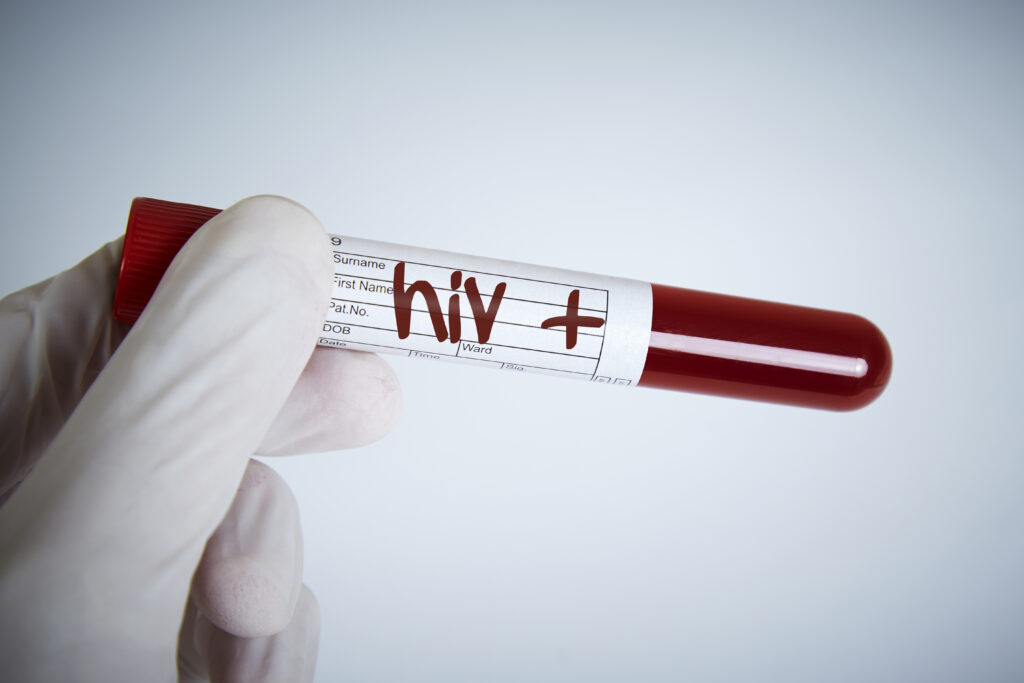In Polk County, rates of new HIV diagnoses among men have been on the rise. As of 2021, men are nearly four times as likely as women to be diagnosed with HIV.
During Men’s Health Month, we can work toward reducing new HIV infections and promoting men’s overall well-being by reiterating fundamental knowledge about HIV.
How Is HIV Spread?
If fluids (blood, semen, vaginal fluids, rectal fluid, and breast milk) from someone with a detectable HIV viral load enters a person’s bloodstream, they can get HIV. Most men who get HIV get it through sexual contact, including anal and vaginal sex. Another common way HIV is spread is through injection drug use. That means the sharing of needles, syringes, and other injection drug supplies.
How Do I Reduce My Risk of Getting HIV?
The key to reducing new HIV infections is prevention.
Condoms can prevent the exchange of bodily fluids. Consistent and correct condom usage during anal, vaginal, and oral sex is one of the most effective ways to prevent HIV. It’s important to discuss condom use before engaging in sexual contact.
Another effective prevention method is to take HIV medication. Pre-exposure prophylaxis (PrEP) is a daily HIV medication prescribed to an HIV-negative individual who is at high risk of getting HIV. Those at high risk might include individuals who are having unprotected sex or those having sex with HIV-positive partners. PrEP can significantly reduce HIV transmission. Those interested in PrEP should discuss it with a healthcare provider. If an individual has been exposed to HIV, they can take HIV medications called post-exposure prophylaxis (PEP) within 72 hours to prevent HIV. PEP is for emergency situations only.
If a person is living with HIV, taking HIV medication as prescribed can reduce transmitting HIV to HIV-negative partners. HIV medication can be highly effective in reducing HIV viral loads in an individual’s body to undetectable levels. An undetectable HIV viral load means that the HIV virus in the body is so low that it can’t be detected. Not only does that benefit the person with HIV (it helps them live a long healthy life!), but it also means the virus can’t be transmitted to HIV-negative partners. Remember: Undetectable is untransmittable.
HIV transmission via IV drug use can be prevented by not sharing needles and syringes with others.
How Do I Know If I Have HIV?
The only way to know if an individual has HIV is through HIV testing. About 1 in 8 people in the United States who have HIV do not know they have HIV. Knowing HIV status gives people the tools to make informed decisions to protect their health and the health of their partners.
Get tested regularly. The CDC recommends for people between the ages of 13 and 64 to get tested at least once in their lifetime and to get tested at least once a year if they have risk factors for getting HIV. Talk to healthcare providers about risk factors and how often testing should be done.
What Do I Do After I Get Tested?
If you’ve been diagnosed with HIV, get into care as soon as possible. Individuals with HIV can live long, healthy lives by getting into medical care and by taking HIV medications as prescribed. If you’ve tested negative for HIV, continue using condoms correctly and continue being tested for HIV regularly. In addition, it’s good to be open with sexual partners about your HIV status.
For HIV testing and treatment, please call the Department of Health in Polk County at 863-519-8233.
By focusing on essential aspects of HIV prevention and testing during Men’s Health Month, we want to empower men to take charge of their health and make informed decisions. Together, we can strive toward reducing new HIV infections, promoting testing, and creating a healthier future for all.
